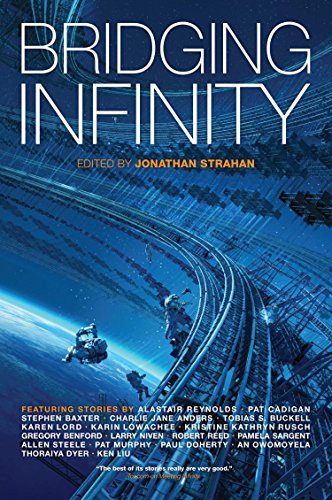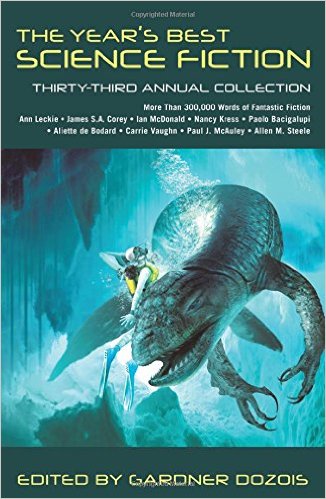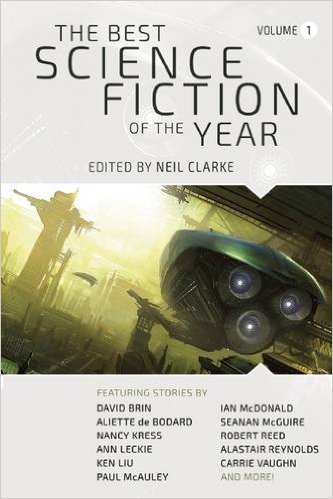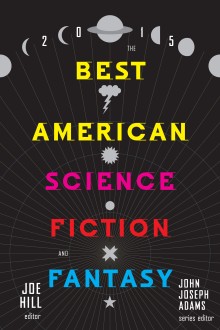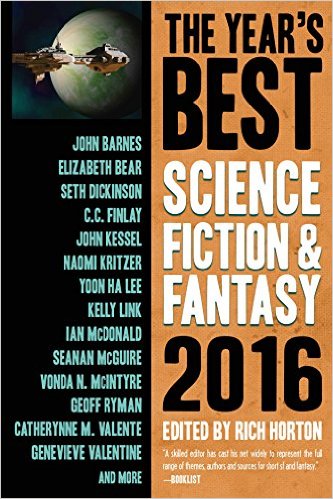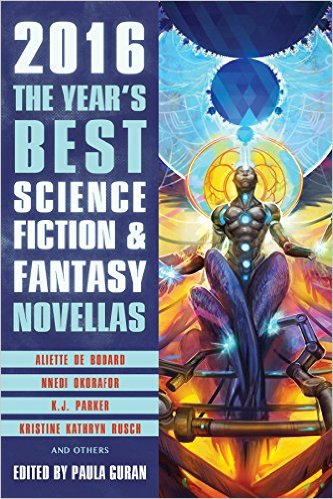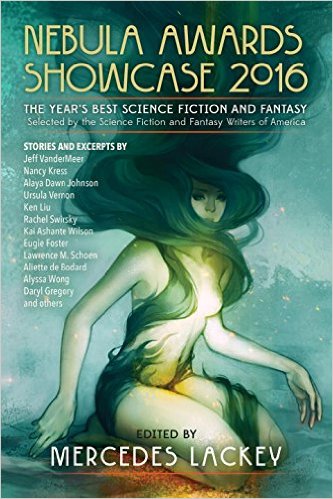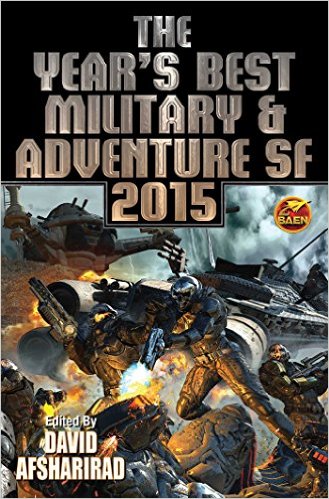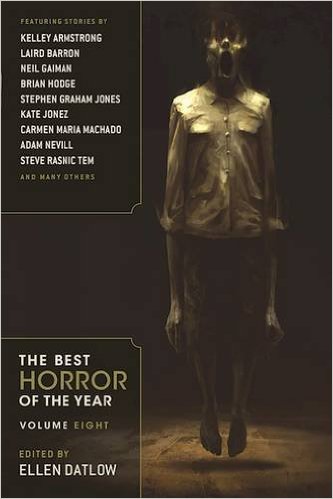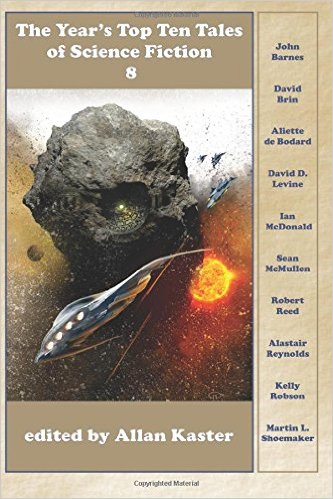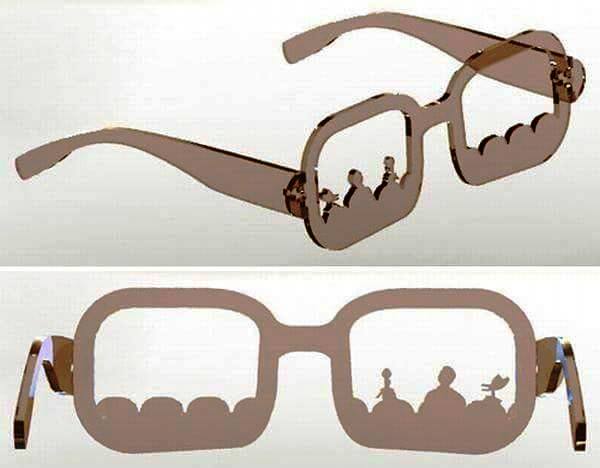(1) OFF THE HOOK. Remember when she said she didn’t write sf? Now she is sf. Margaret Atwood makes a cameo in the game Zombies Run:
It's true – all of it! @MargaretAtwood has a fantastic cameo in one of our missions… https://t.co/lcxJDuMTE9 pic.twitter.com/7tLri7Rbmc
— Zombies, Run! (@ZombiesRunGame) April 10, 2017
Hampus Eckerman adds, “I do recommend that game as a very good way of activating oneself for jogs or long walks. There is an additional game called Zombies, Run! 5k Training by the same creators for people who aren’t fit enough to jog as yet. It works as a prequel and lets you do basic exercises and gradually increased walk/runs for eight weeks to get fit enough to hit the main game. The main game works as a radio theatre, where your progress is checked by GPS and where (configurable) zombies sometimes attack you, forcing you to increase your pace.”
(2) MAYDAY. On Obscura Day, May 6, Atlas Obscura plans an international self-celebration.
Join us at an event.
We’re hosting over 170 events in 36 states and 25 countries.
A kayak exploration through the largest ship graveyard in the Western Hemisphere. A private tour of the world’s original nuclear power plant. A classical concert in an abandoned hilltop spy station outside Berlin. What discoveries await you?
There are a bunch of events in the LA area, including a walking tour of The Kitschy Culture of Los Feliz Village, not far from Forrest J Ackerman Square.
(3) AN UNORTHODOX MOVE. Michael A. Burstein helped his Facebook readers translate the Four Questions. But not the way you might assume….
Once again, for those of you celebrating Pesach (Passover) as it begins tonight, here are the Four Questions in Klingon:
(4) MORE ABOUT CHINESE SF. Another interview with the author of “Folding Beijing” — “Award-Winning Sci-Fi Writer Hao Jingfang Sets Her Sights Closer to Home”.
When you first posted Folding Beijing for free on a Tsinghua university server, was that also for pleasure?
Yes, when I was in school, I had lots of time.
I am very surprised that studying physics, especially quantum physics, gave you a lot of time?
Perhaps that’s why I didn’t become a scientist! I was a good student, but not one good enough to become a scientist. Probably 95% of the physics students entered other fields after graduation. Only 5% to 10% of the top students became real physicists.
Is sci-fi an effective tool for investigating social issues?
I think science fiction is perhaps the freest genre for me to set my characters and everything else according to my opinion. Because in pure literature, I need to make sure I have the whole background and the reality of the people. You cannot just change the reality, if you do that the readers will be like ‘oh no! Life isn’t like that’. In science fiction you’re free, you can set the stage and tell readers, life is this, and you can form other stories on that stage. In my longer novel, I created one society on Mars and another on Earth, and then I can compare different policies and methods in these two places. The two societies can mirror each other. This is the kind of freedom I cannot find anywhere else.
(5) COODE STREET ADDRESS. The April 2 edition of The Coode Street Podcast promotes “A New Theory of Science Fiction.” The podcast is looking at Robinson’s New York 2140 which Gary K. Wolfe and Jonathan Strahan claim is more in keeping with the Heinlein thesis that capitalism can fix Big Problems without a change in political and social structures. And they believe it’s also critiquing the controversial usage of info dumps and the belief that they’re particular to SF.
They also cover the history of the Crawford Award, the ICFA and Gary’s new History of Science Fiction.
(6) FIRST ON THE LIST. Popsugar ranks this café as “The 1 Place in Scotland that All Harry Potter Fans Should Visit at Least Once”.
Scotland is a veritable mecca for Harry Potter fans, considering J.K. Rowling herself lives there and wrote a large majority of the series there. Everywhere you turn, you can see Rowling’s inspiration or something that could easily be found in one of the films. While our Harry Potter travel bucket list can take you all over the world, it’s important to make a stop at where it all began: the Elephant House Cafe in Edinburgh, Scotland.
The cafe in the heart of Edinburgh touts itself as the birthplace of Harry Potter, because Rowling spent countless hours in this shop penning Harry Potter. She sat in the back of the restaurant, overlooking Edinburgh Castle and Greyfriars Kirkyard, where a grave for a man named Tom Riddell can be found.
(7) BROWN OBIT. Chelsea Brown (1942-2017), best remembered as a cast member on Rowan & Martin’s Laugh-In in the Sixties, passed away March 27 at the age of 74. She also had a genre credit — as Rosey Grier’s love interest in The Thing With Two Heads (1972). As the New York Times explains —
In that film, the head of an ailing bigot, played by Ray Milland, is grafted onto the body of a death-row inmate played by Mr. Grier, a former defensive lineman in the N.F.L. Car chases, gunfights and bickering ensue.
Mr. Grier and Mr. Milland eventually reach Ms. Brown. At first undaunted by Mr. Grier’s second head, she moves in for a kiss, then quickly withdraws and deadpans, “Honey, I know you don’t like to answer a lot of questions — but, but, how did that happen?”
(8) TODAY IN HISTORY
- April 10, 1981 – The Howling was released in theaters.
(9) TODAY’S BIRTHDAY BOY
- Born April 10 – David Langford
(10) TIME’S A-WASTIN’! There’s less than a week left to vote in the Rondo Hatton Classic Horror Awards and Steve Vertlieb would like people to take a look at his nominated blog.
My blog, BETTER DAYS; BENNER NIGHTS, has been nominated for BEST BLOG OF 2016 in this year’s annual RONDO AWARDS competition. To vote for my series of articles, just send your selection (along with your name and E-Mail address) to David Colton whose voting address is [email protected] prior to Sunday night, April 16th, 2017, at midnight.
Thanks sincerely for your consideration of my work. It’s an affectionate remembrance of the Saturday Matinee and 1950’s television when classic cliffhanger serials thrilled and excited “children of all ages”… when careening spaceships and thundering hooves echoed through the revered imaginations and hallowed corridors of time and memory…and when Buster Crabbe lovingly brought “Flash Gordon,” “Buck Rogers,” and “Captain Gallant Of The Foreign Legion” to life in darkened movie palaces all over the world. Return with us now to “those thrilling days of yesteryear” when Zorro, Hopalong Cassidy, “Space Patrol,” Ming, The Merciless, and Larry “Buster” Crabbe lit the early days of television, and Saturday afternoon motion picture screens, with magical imagery and unforgettable excitement.
(11) LIADEN UNIVERSE. Sharon Lee and Steve Miller have posted their appearance calendar for the rest of the year.
We’ve had some queries about upcoming publications, and upcoming appearances, and, and — herewith an attempt to get them all in one place, for you, and for us. Please note that the list is probably not complete; it’s only as complete as far as we know, as of Right Now.
(12) MAKE SCI-FI COME TRUE. GeekWire claims “NASA funds ideas from science fiction”. Well, if they’re smart they do.
The NASA Innovative Advanced Concepts program, also known as NIAC, has been backing far-out aerospace concepts for almost 20 years. It started out as the NASA Institute for Advanced Concepts, modeled after the Pentagon’s DARPA think tank.
NIAC’s latest crop of 22 tech projects was announced this week, and they include a few concepts that were virtually ripped from the headlines of science fiction’s pulp magazines. Here are our favorite five:
Flying airships of Mars: The idea of sending airships floating through the Red Planet’s skies dates back to Edgar Rice Burroughs’ Barsoom novels of the early 20th century.
One big problem: Mars’ actual atmosphere is so thin that an airship would have to maintain a vacuum to become buoyant. That’s exactly what Georgia Tech’s John-Paul Clarke intends to do with an experimental double-shelled, reinforced vacuum airship….
(13) EVEN BETTER. The 2084 anthology of dystopian fiction hit its funding target and now is plowing through its stretch goals.
Stretch goals!
After an opening week like that there’s only one thing we can do… And what better way to make the anthology better than with more stories? We’ve got more great writers lined up – people who will bring a fresh angle to the theme, people whose writing we love – and they’re poised and ready to go, right now. The first target is nice and easy, as well…
£6,000 – we add another story – HIT!
£7,500 – we add a second bonus story – HIT!
£9,000 – we add a third extra story
(14) SOUND OF HUGOS. Camestros Felapton can’t believe his ears. (I really want to make this a Spock reference. I’m sure you do, too.) “Hugo 2017 Review: Splendor & Misery by Clipping”.
Experimental Hip Hop group, Clipping are not a stereotypical Hugo nominee but I’d be hard pressed to name an album that is so tightly linked to the Hugo tradition. Science fiction themes are not new to popular music from David Bowie to Janelle Monae but Splendor & Misery approaches science fiction from a different direction musically. Rather than reaching for the broader aesthetics of SF visuals, Splendor & Misery dives directly into science fiction as both a narrative and as a distinct historical genre.
(15) THOSE TRAD PUB JUNKIES. Claire Ryan (intentionally) revives the Sad Puppies favorite argument in “The Hugo Awards are irrelevant”.
I went to Amazon.com, and I took a look at the current bestsellers for sci-fi and fantasy in Kindle. I found a couple of self-published authors immediately. Let’s not hash out the same tired arguments that the indies are somehow less worthy or less talented, please. Clearly the readers don’t think so. Hugh Howey and Amanda Hocking probably have more readers than all the current Hugo Best Novel finalists put together, and they’ve never even been nominated.
(16) LONDON CALLING. Shhh! Please remember, Jonathan McCalmont abhors attention.
https://twitter.com/ApeInWinter/status/850314161557041152
https://twitter.com/ApeInWinter/status/850314483897688068
(17) KAEDRIN BLOG. Mark Kaedrin says the novel category of the final Hugo ballot looks pretty good.
The novel ballot looks pretty good and indeed, I’ve already read three of the nominees, all of which were pretty good (and two of which were in my nominations). Ninefox Gambit is the clear front-runner for me, with its intricate worldbuilding and simple, pulpy plot. A Closed and Common Orbit ranks a distant second, but I liked its focus and positive attitude enough to throw it a nomination. All the Birds in the Sky has a great, whimsical tone to it, but of the novels I’ve read, it’s the one that could fall behind some of the things I haven’t read yet. Speaking of which, Cixin Liu returns to the ballot with Death’s End, the conclusion to the story begun in the Hugo-winning Three Body Problem and the one I’m most looking forward to catching up with (even if it requires me to read the second novel, which I never got to last year). Ada Palmer’s Too Like the Lightning has been on my radar for a while, but I never pulled the trigger. It sounds like it has potential for me. N.K. Jemisin’s The Obelisk Gate rounds out the nominees. A sequel to last year’s Hugo-winning The Fifth Season, a book that I have to admit that I did not enjoy at all. Well written and executed, but it felt a little too much like misery-porn for my liking, and thus I’m not particularly enthused about reading the sequel. I realize this puts me in the minority here, but it’s got me seriously considering not actually participating this year. I really don’t want to return to that gloomy world of suffering and despair, as well written as it may be…
He’s able to restrain his enthusiasm about some of the others.
(18) RED, WHITE AND BLUE. But somebody in their comments says they use Russian rockets – “Building on ULA’s Heritage, Setting the Pace for the Future of Space Launch.”
As a new era dawns, ULA continues to set the pace in space launch. Building on a heritage extending to the early days of American space launch, ULA is bringing future innovations to the table to support human launch from American soil and next-generation technology that will create transportation infrastructure to support a permanent human presence in space.
[Thanks to JJ, Hampus Eckerman, Cat Eldridge, John King Tarpinian, Carl Slaughter, Andrew Porter, and David K.M. Klaus for some of these stories. Title credit goes to File 770 contributing editor of the day Matthew Johnson.]

